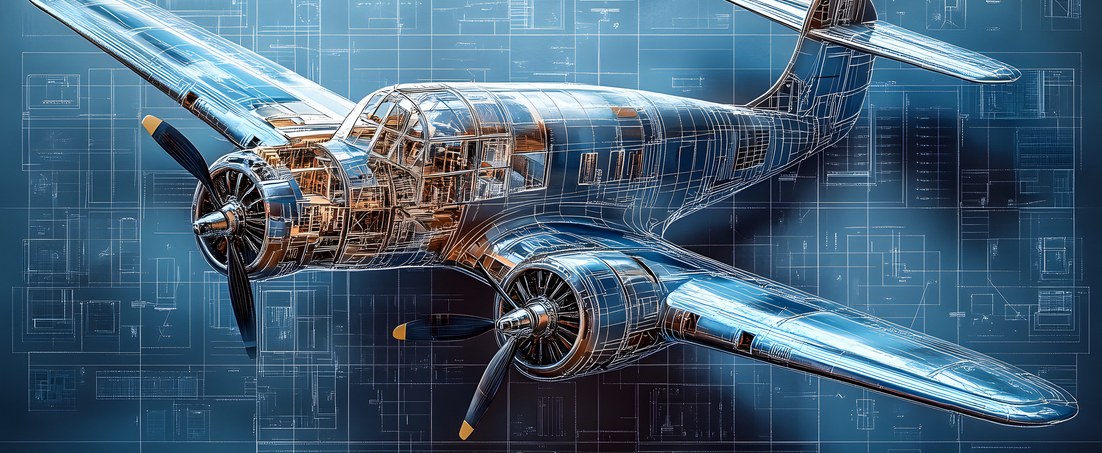From the Early Years to the Modern Era: The Evolution of Aircraft Design

The history of aircraft design is a tale of innovation, determination, and an unyielding desire to conquer the skies. What began as a dream turned into a reality with the Wright brothers' first flight in 1903. This monumental event paved the way for an era of rapid development and transformation in aviation.
In the early years, aircraft were simplistic and rudimentary. The Wright brothers' plane, for example, was made of wood and fabric, with a design inspired by bicycles. These early aircraft had limited range and speed, but they laid the foundation for future developments.
The 1920s and 1930s marked the Golden Age of Aviation, where technological advancements led to more sophisticated designs. Metal replaced wood as the primary building material, resulting in stronger and more durable aircraft. The introduction of the monoplane design, which featured a single set of wings, revolutionized the industry, enabling planes to fly faster and further. During this time, aviation icons like Charles Lindbergh captured the world's imagination with daring transatlantic flights.
The post-World War II era ushered in the Jet Age, a period characterized by unprecedented speed and efficiency. The development of jet engines allowed aircraft to travel faster than ever before, reducing travel times dramatically. This era also saw the introduction of commercial jets, such as the Boeing 707, which made air travel more accessible to the general public. The advent of the Concorde, the world's first supersonic passenger jet, pushed the boundaries even further, although its high costs and environmental impact eventually led to its retirement.
Today, we are in the Digital Age of Aviation, where technology and innovation continue to shape aircraft design. Modern planes are equipped with fly-by-wire systems, which replace traditional mechanical controls with electronic signals, enhancing precision and safety. The use of composite materials, such as carbon fiber, has also led to lighter, more fuel-efficient aircraft. Additionally, advanced aerodynamics and winglet designs reduce drag, contributing to improved performance and reduced fuel consumption.
Aircraft design has evolved remarkably over the past century, and the journey is far from over. With the integration of artificial intelligence, automation, and sustainable technologies, the future of aircraft design promises to be even more exciting.